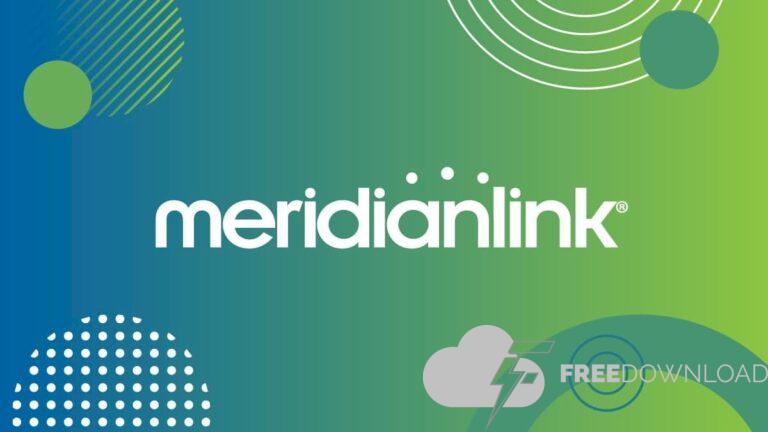Fortnite iOS app makes an epic return to the store
After a gap of 5 years, Epic Games have returned victorious to the iOS app store. Apple blocked Fortnite in 2020 when Epic Games added an external payment to the popular battle Royal Games. Epic surely sued Apple, but a federal judge ruled in favor of Apple, stating that Epik had clearly violated the guidelines of the App Store. But the case was dragged, and Apple was eventually asked to allow third party payment at its app store. Apple did this, but not without controversy. It accused the developers of 27% commission for transactions fulfilled on third-party payments.

This made everyone angry, but Apple lost a big time when Judge Yvonne Gonzalez Rogers ordered to prevent it from charging, and the apps allowed the apps to include links to external payment methods. Epic Games were pleased with this, and presented a version of Fortnight that included Apple’s own payment system and an external payment option. However, Apple allegedly rejected the submission. Epic wrote a letter to the judge, so that he asked to intervene, and he warned Apple that if the companies did not resolve the issue, and would have to appear in the court for hearing on May 27, its executive would be personally responsible.
Apple immediately allowed to submission of epic games, and created Fortnite Available On the app store for all iPhone and iPad users.
Windows subcistum is open for Linux
The WSL was first introduced in 2016, so that Windows 10 can be offered an easy way to allow users to run the Linux app on a PC without the need to install a virtual machine. Windows subcutum for Linux has since developed in an impressive device set. In its current situation it provides GPU support, mirrors, DNS tunling, session 0 support, proxy support, firewall support, and even lets you run Linux app with GUI.

One thing due to WSL deficiency was that it was not an open source, as Microsoft placed a tight lid on the source code of the app. But no more, the Redmond Company has opened the Windows Subsistem for Linux under the MIT license on Github. Microsoft was to dislike WSSL from Windows before issuing the source code. But this is ever better late, and this news has been welcomed by the Linux community, which was requested to release Microsoft source code For 7 years.
Microsoft Edit is a command-line text-editor inspired by MS-DOS
Microsoft has released a new text editor for Windows 11. Microsoft EditingIt is not a traditional text editor like Notepad, not a graphical user interface (GUI) in editing. Instead, it is a command-line-based app. Microsoft says it was inspired by MS-DOS, which is not available in 64-bit windows. It wanted to bring a text-editor as an alternative to MS-Doss.

Microsoft Edit has a modern interface with the same control of the visual studio code. It does not have a right-click menu, but supports the mouse mode to use the menu. The app is designed to be somewhat accessible to users who have never used a terminal-based editor before. Edit supports several keyboard shortcuts, word rap, find and replaces, under, rado, etc. The match also supports developers friendly options such as cases and regular expressions. Edit lets you open many files at the same time. The best thing is that Microsoft Edit is an open source, it has been issued under MIT license. Edit weighs less than 250 kB, which makes it a light lesson editor.
Android 16 will come with a standby mode like iOS
Android is set to release on 16 June 2025. Google is adding many new features to its mobile operating system. One of these characteristics is inspired by iOS, called standby. The Android version literally has the same name, standby mode. It is also designed to work in a similar way, that is, when you set it to charge in a horizontal position, the device will enter standby mode.

Generally, when you plug into a wired charger, it can be difficult to use in landscape mode or even it can be difficult to set it horizontally. You will need to do this using a wireless charger that does not actually work in horizontal mode. This is because until last year, Android phone did not support magnetic charging like iPhones. It is changing, QI2 wireless charging, which is standard for magnetic charging, being adopted for Android devices. Samsung will soon release a Galaxy phone that supports the convenience.
Android 16 standby mode The smartphone is designed, and will display useful information on the screen. Android 16 lock screen is adding support to the widget, and they can work in standby mode.
Cross device will allow resume Windows 11 users to continue where they went to Android
Google is not copying a feature from Apple, Microsoft Cupertino is also taking a leaf from the company book. Windows 11 is testing a feature Cross device resumedAs the name suggests, this feature works on the platform, especially to connect Android and Windows 11. Android phone users who are listening to music on Spotify can click on an icon on their Windows 11 taskbar, “Continue from the phone”. This will enable the Spotify desktop app to continue playing the song that you were hearing from the place where you left. It is similar to Apple’s handoff.

The cross device resume was unveiled at the 2025 developer conference through a video demo. However, Microsoft in a hurry removed the video. However, some leaks say that this facility will soon be available for testing in the Windows Insider program. Many third-party apps, including WhatsApp, are expected to support. This makes sense, suppose that you are on video calls or audio calls on your phone, but you want to sit on your desk and continue conversation on your PC or laptop, this feature can help you.
Google translation can now be set as default translation app on iOS and iPados
iOS and iPados users can now use as Google translation Default translation app Apple translation instead of app. This change comes through the latest updates for Google translation on the app store. iOS 18.4 brought a significant change that allowed users from all over the world to customize their experience on iOS. Now you can set your favorite app as a default app for translation, media playback, navigation, browser and email. This is a major change, but was greatly influenced by the European Union’s Digital Markets Act, which forced Apple to allow changes in iOS. But Apple surprised everyone by making these changes around the world.

Want to use Google translation as a default option on your iPhone? Setting App> Apps> Default Apps> Open the translation, and select Google translation.




